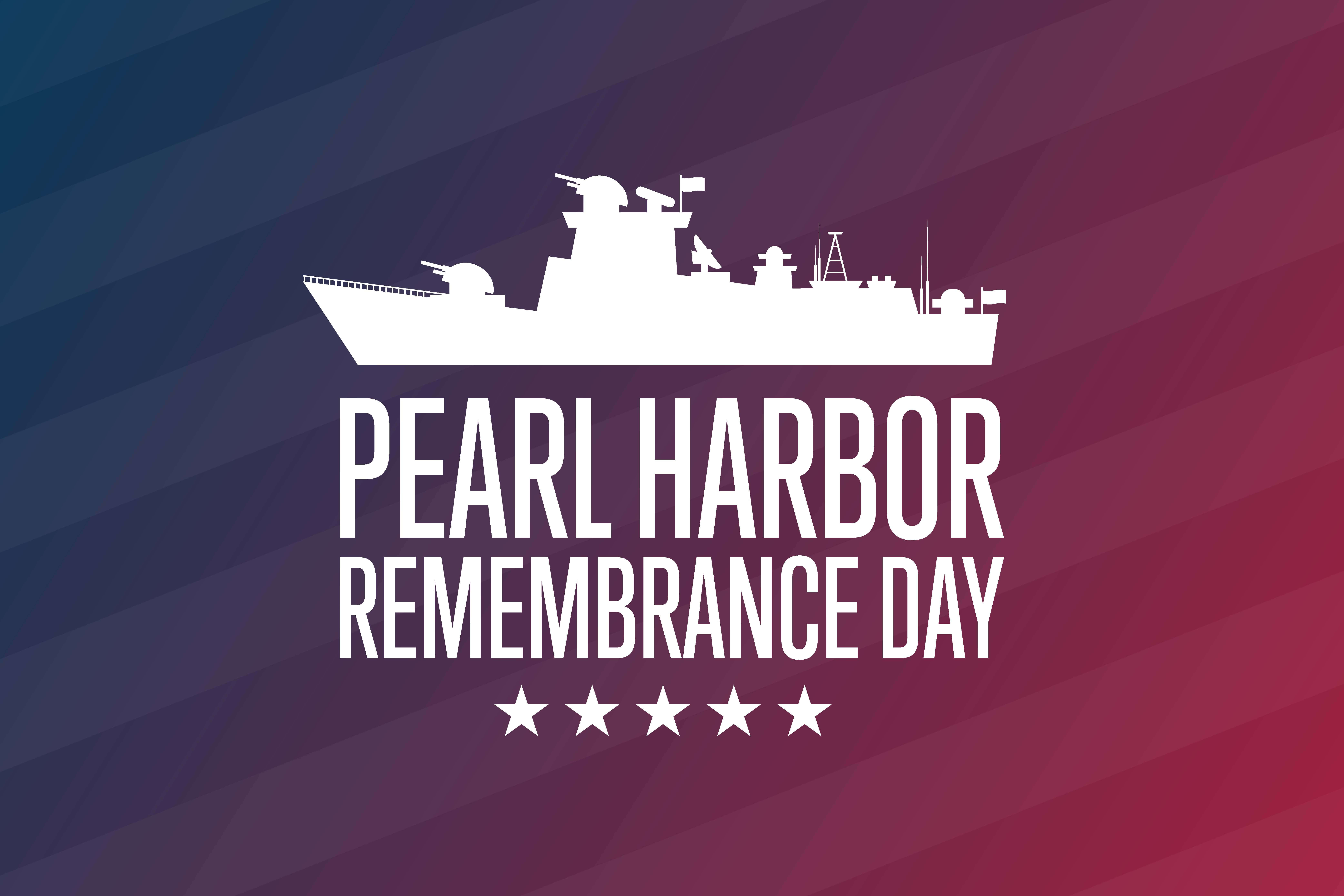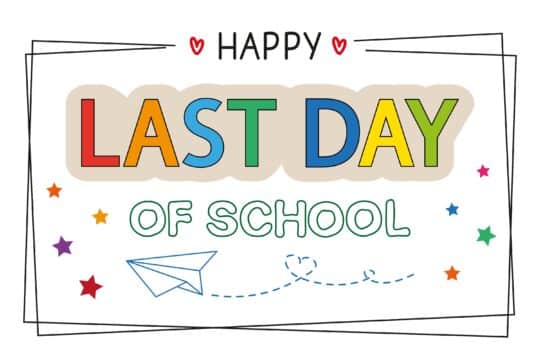What is National Pearl Harbor Remembrance Day?
National Pearl Harbor Remembrance Day takes place each year on December 7th in order to honor the 2,408 United States citizens that died on December 7, 1941. On that day, the Japanese air force executed a surprise attack on the Pearl Harbor Naval Station located in Honolulu, Hawaii. During the attack, four United States Navy battleships were sunk among various other U.S. Naval ships and U.S. Naval aircraft. It is customary to fly the American flag at half staff until sunset. The attack was historic due to the fact that this act of Japanese aggression propelled the United States into World War II.
Why is it Important to Recognize the Events of Pearl Harbor?
Social studies students can use the events of Pearl Harbor to study situations that cause a country to enter a war with a foreign power. Many current students may draw a comparison between Pearl Harbor and the events of September 11, 2001, when members of the terrorist group, Al-Qaeda, flew commercial planes into buildings in New York and Washington, D.C. In both instances, a foreign government attacked Americans on American soil.
After World War I, many Americans had no interest in becoming involved in another world war. The United States was suffering through the Great Depression and many citizens and politicians felt it unnecessary to become entrenched in a war that was taking place in Europe and the Pacific theatre. There was a growing movement toward isolationism. When the United States was attacked, President Roosevelt’s hand was forced and the United States declared war on Japan along with other Axis Powers Germany and Italy.
The United States joined the Allied Forces made up of Great Britain, France, The Soviet Union, and China. In later years, The Soviet Union and China would become adversaries of The United States during the Vietnam War. The country’s entrance into World War II not only thrust many soldiers into active duty, but it also started a movement that involved women working in nontraditional settings like factories. World War II also created jobs and revenue which pulled the United States out of The Great Depression. All of these events started with the attack on Pearl Harbor.
Ways to Recognize National Pearl Harbor Remembrance Day in Your Class
Activities for elementary school students:
- Teachers research and find different points of view on the attack. The first point of view comes from a Japanese soldier and his beliefs as to why Japan decided to attack the United States. The other point of view comes from an American soldier. What are the similarities and differences between the views/beliefs of the soldiers on different sides of the conflict?
- Students can read about courage and how American citizens and soldiers responded to the attack and how they dealt with the aftermath, including soldiers that would eventually represent their country in the war. Students can then discuss how courage plays a part in their daily lives. How have students displayed courage in different situations?
- Ask students to research different cultures represented in The United States and how tolerance for different cultures has developed since the 1940s. What are the dangers of generalizing an entire culture based on the actions of a few?
Activities for middle school students:
- Ask students to research President Roosevelt’s speech to Americans following the attack on Pearl Harbor. Students can read an excerpt of the speech. What was the significance of the speech? What was its purpose? How did Americans respond? Was there a renewed sense of patriotism?
- Social studies teachers collaborate with ELA teachers and librarians to design a lesson around Pearl Harbor. ELA teachers can recommend non-fiction resources students can use to write a presentation on Pearl Harbor. Why was Pearl Harbor important in the history of our country? The librarian can work with students individually or in groups to create exhibits stakeholders can tour while students summarize their writing for the guests.
- Students can immerse themselves in the Pearl Harbor attack as news reporters. Students can choose to be on-location reporters describing the events that lead up to the attack and the aftermath to their viewers. Students can also act the part of reporters at the White House summarizing the Pearl Harbor speech given by President Roosevelt. What impact does this attack and the ensuing speech have on Americans across the country?
Activities for high school students:
- Students read the newspaper article, “The Fifth Column” by Walter Lippmann. The article outlines the need to remove Japanese-Americans from the west coast and place them in internment camps. Students can also read first hand accounts from the Japanese Americans that were living in the internment camps. Was this a fair practice? What was the reasoning behind the internment camps?
- Students can research the reasons behind the attack on Pearl Harbor. Why did Emperor Hirohito decide to attack Pearl Harbor? How did this preemptive attack play into the Japanese strategy in regard to the war overall?
- Students can create their own memorials to the citizens and military personnel lost during the attack. Students can interview family members alive during and after the attack to make their memorials more personal.
Want to challenge your high school students further? Check out our Pearl Habor writing prompt.




